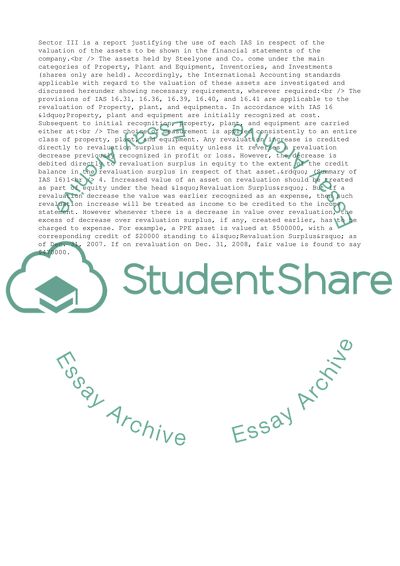Cite this document
(The Management of Steelyone Co Assignment Example | Topics and Well Written Essays - 2796 words - 1, n.d.)
The Management of Steelyone Co Assignment Example | Topics and Well Written Essays - 2796 words - 1. Retrieved from https://studentshare.org/management/1712902-financial-reporting
The Management of Steelyone Co Assignment Example | Topics and Well Written Essays - 2796 words - 1. Retrieved from https://studentshare.org/management/1712902-financial-reporting
(The Management of Steelyone Co Assignment Example | Topics and Well Written Essays - 2796 Words - 1)
The Management of Steelyone Co Assignment Example | Topics and Well Written Essays - 2796 Words - 1. https://studentshare.org/management/1712902-financial-reporting.
The Management of Steelyone Co Assignment Example | Topics and Well Written Essays - 2796 Words - 1. https://studentshare.org/management/1712902-financial-reporting.
“The Management of Steelyone Co Assignment Example | Topics and Well Written Essays - 2796 Words - 1”, n.d. https://studentshare.org/management/1712902-financial-reporting.


